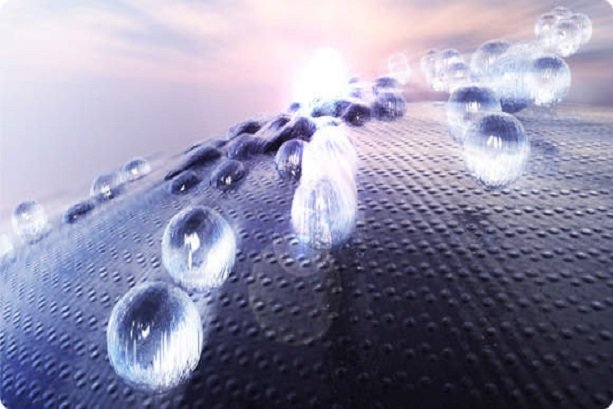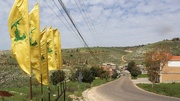Despite the high performance of metallic implants, including titanium and its alloys, in human body, the relatively weak corrosion resistance of the implants in the body and their inappropriate compatibility has resulted in a great challenge in the application of metallic alloys.
According to Iran Nanotechnology Initiative Council (INIC), Iranian researchers studied a type of composite nanocoating to obtain modified properties of biomaterials to be used in human body. The nanocoating has high resistance to abrasion and corrosion.
A nanocomposite coating has been produced in this research by combining hydroxyapatite nanoparticles as the base material and diopside ceramic. The nanocomposite has desirable mechanical properties, biocompatibility, chemical stability and resistance to corrosion and abrasion.
This research tries to use a simple but cost-effective method to produce laboratorial samples. The method is able to produce surface coatings with very low roughness, excellent resistance to corrosion and abrasion, and to produce surfaces without cracks during the coating process.
According to the researchers, when the amount of diopside added to the base of hydroxyapatite increases up to 30 weight percent, the size of final composite grain and its size distribution significantly decreases after two steps of sintering process. This fact is important because the optimum conditions for applying nanocomposite coating through electrophoretic method on metals are obtained at low particle size distributions.
Results of the research have been published in Ceramics International, vol. 41, issue 9, 2015, pp. 12355-12363.
























Your Comment